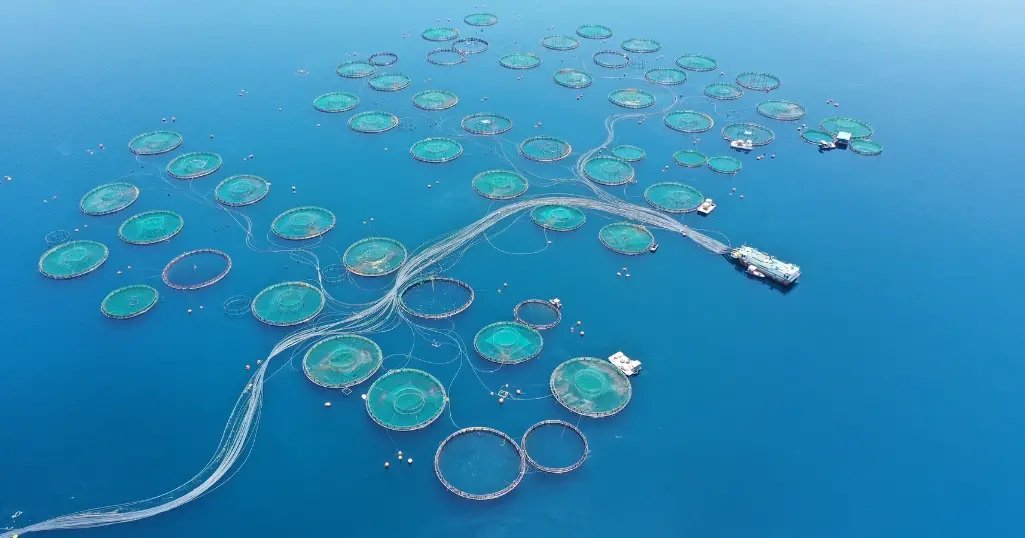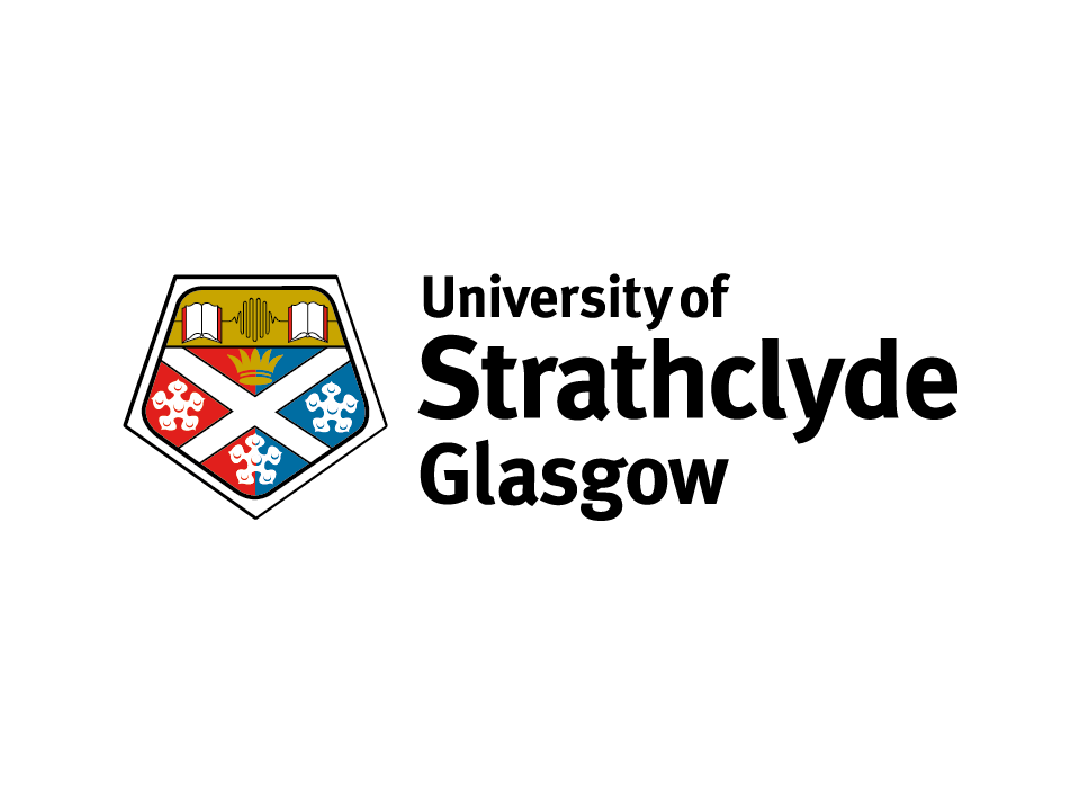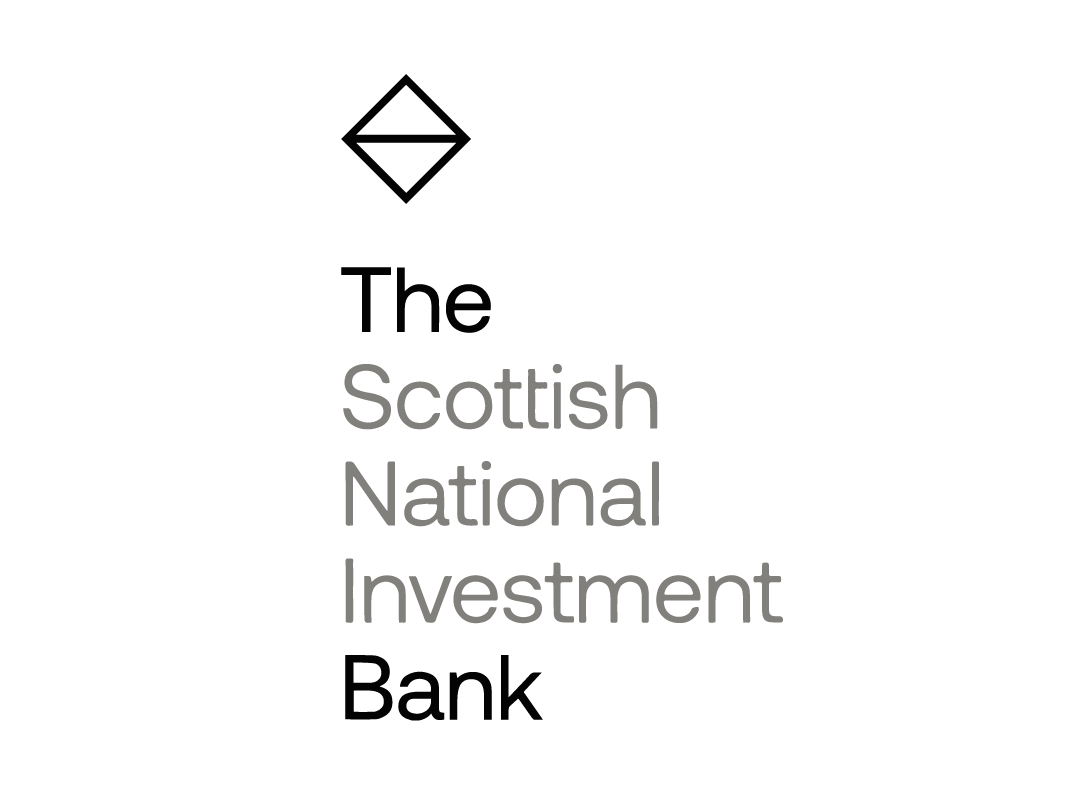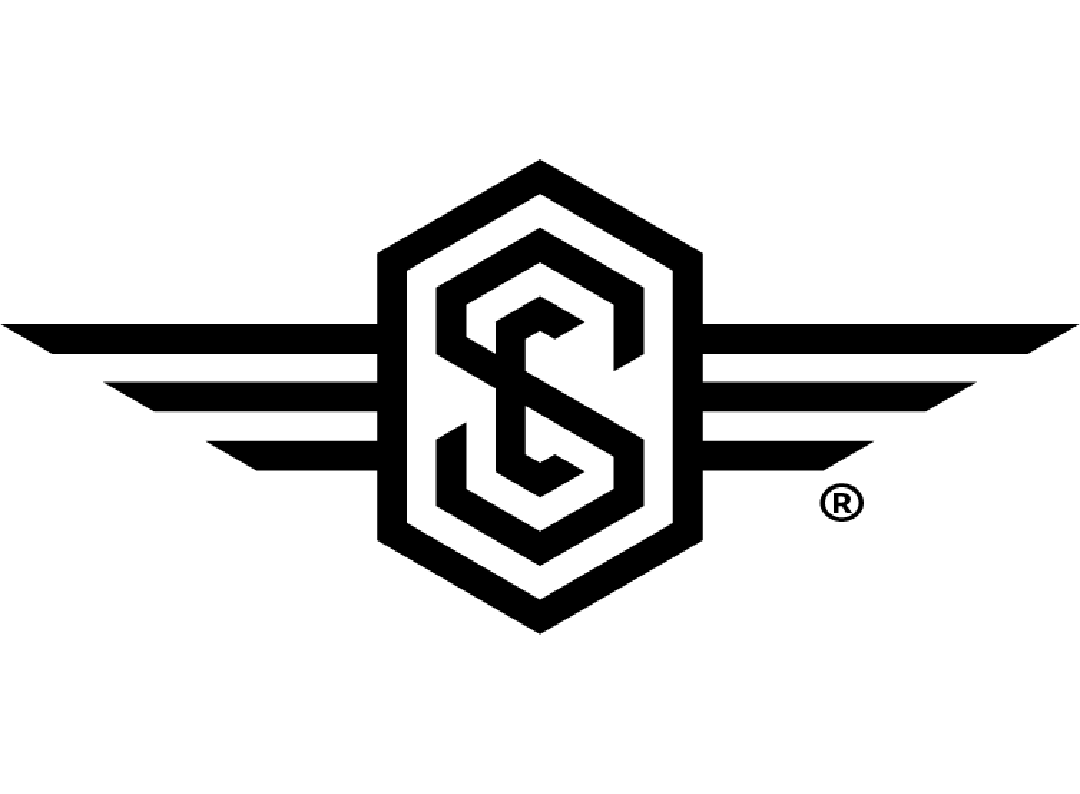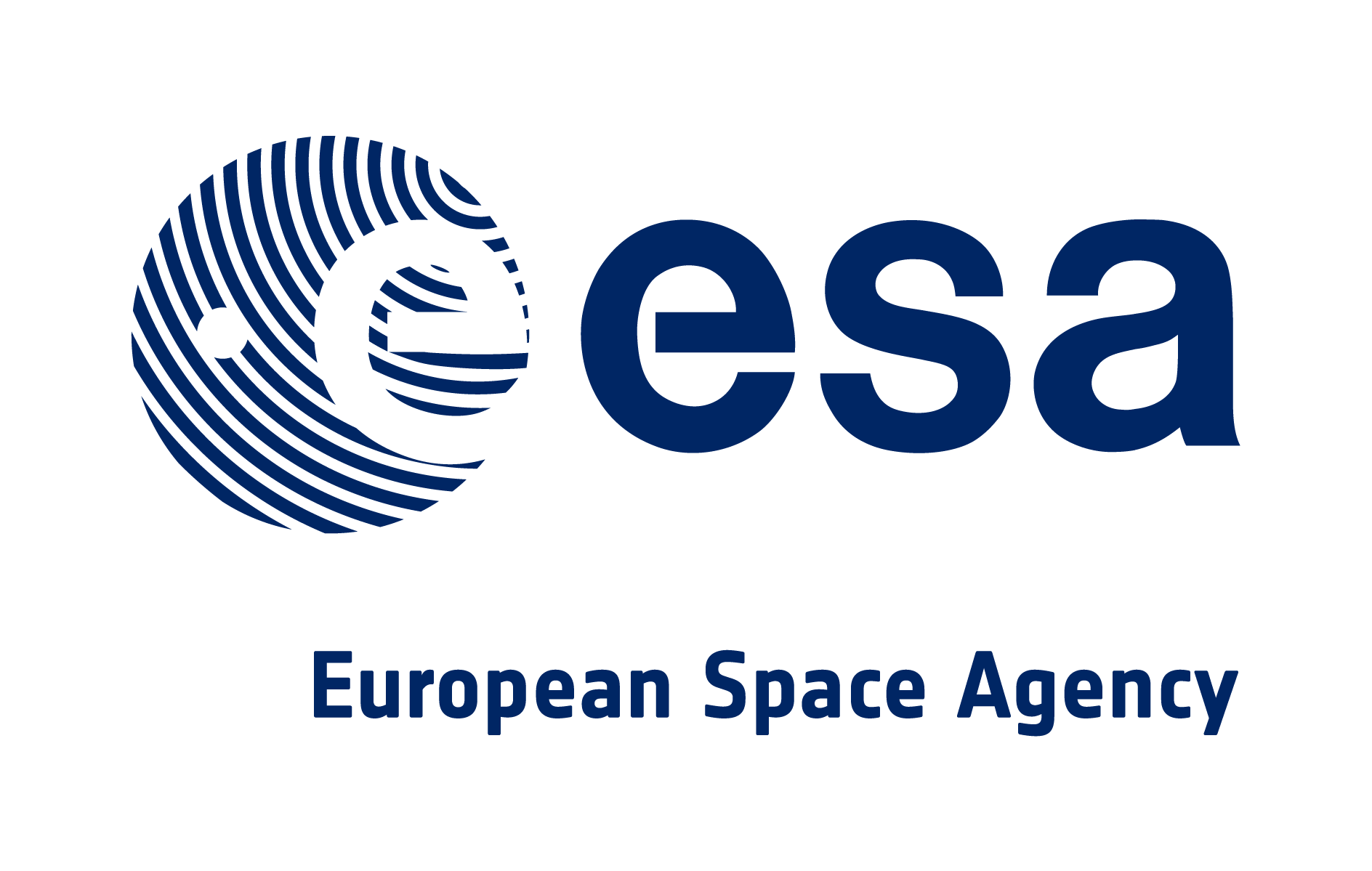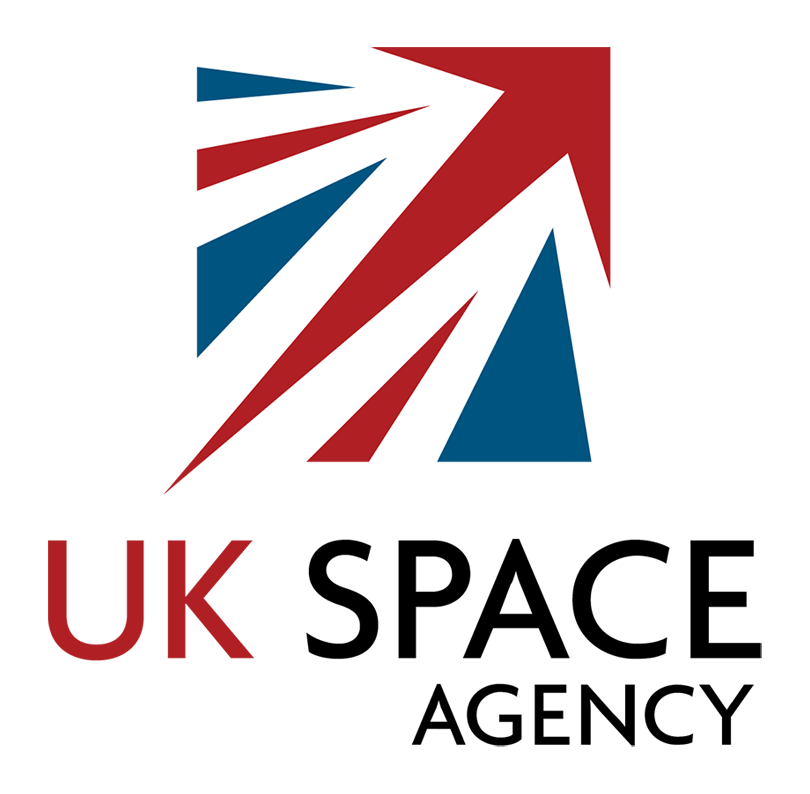Digitizing Sea Farms
With the world’s population continuing to rise, the demand for seafood has never been higher. To meet this growing need, the aquaculture industry is turning to digital technologies that promise to improve efficiency, increase sustainability, and optimize fish welfare. Digital aquaculture refers to the use of advanced tools such as IoT (Internet of Things) sensors, artificial intelligence (AI), machine learning, and blockchain to manage sea farms more effectively.
In this guide, we will explore how digitizing aquaculture is transforming the industry and focus on how Krucial’s Connected Seafarm is at the forefront of this movement. Whether you're operating offshore or near the coast, Connected Seafarm provides continuous monitoring, resilient connectivity, and data-driven insights that can help your sea farms thrive, even in the most challenging environments.
What is Digital Aquaculture?
Defining Aquaculture in the Digital Age
Digital aquaculture is the integration of cutting-edge technology into aquaculture operations. It automates and enhances various aspects of fish farming, from feeding schedules to monitoring water conditions. This allows farmers to gather detailed, continuous data that they can use to make informed decisions. The result is a more efficient and profitable operation that also minimizes environmental impact and improves fish welfare.
By combining the power of sensors, data analytics, and automation, digital aquaculture provides farmers with valuable insights into their daily operations. They can identify trends, spot problems early, and take immediate action to ensure the health of their stock and the success of their farm.
Evolution of Aquaculture Technology
Aquaculture has come a long way from its roots in traditional fish farming, which relied heavily on manual labor and limited technology. Early advancements focused on basic environmental monitoring tools, but these were often imprecise and lacked real-time insights. However, as technology has evolved, so too has aquaculture.
The introduction of digital technologies—such as IoT, AI, and blockchain—has revolutionized the industry. Farmers can now automate tasks, continuously monitor conditions, and manage sea farms from remote locations. This transformation has made it possible to optimize every aspect of the farm’s operations, leading to increased efficiency, sustainability, and profitability.
The Role of Technology in Modern Sea Farms
IoT Sensors for Environmental Monitoring
IoT sensors are the foundation of digital aquaculture. These devices are designed to continuously collect data on key environmental factors such as water temperature, dissolved oxygen levels, and pH balance. Having access to this continuous stream of data enables fish farmers to monitor conditions closely and make adjustments as needed.
For example, if oxygen levels drop or water temperature changes, the farm operator is alerted to take action before the fish become stressed. This leads to healthier fish and minimizes potential losses. The ability to monitor these parameters from anywhere also reduces the need for constant on-site presence, saving time and resources.
Artificial Intelligence and Machine Learning for Data Analysis
Once data is collected by the sensors, artificial intelligence and machine learning tools come into play. These advanced algorithms are capable of processing large amounts of data quickly, spotting patterns that might not be obvious to human operators. AI can also predict potential problems, such as when fish are likely to experience stress due to changing water conditions, allowing farmers to intervene proactively.
By analyzing this continuous data, AI systems provide insights that help optimize feeding schedules, detect signs of disease early, and maintain ideal environmental conditions. This leads to healthier stock, reduced mortality rates, and more efficient farm operations.
Blockchain for Traceability and Transparency
Blockchain technology is becoming increasingly important in aquaculture as a way to provide traceability throughout the supply chain. Every step of the fish farming process, from hatchery to harvest, can be recorded on a blockchain. This ensures that all relevant data is captured and cannot be altered, providing transparency for consumers and regulatory bodies.
With blockchain, farmers can verify that their seafood products meet all sustainability and safety standards. It also enables buyers to track the origin of the fish, offering assurance of its quality and environmental impact. This is especially valuable in an industry where traceability and sustainability are becoming key selling points.
Automation and Robotics in Aquaculture
In addition to IoT and AI, automation and robotics are playing an increasingly important role in aquaculture. Automating tasks such as feeding, cleaning, and harvesting reduces the need for manual labor and eliminates human error. Automated feeding systems, for instance, can adjust the amount of feed delivered based on data from sensors, ensuring that fish are fed at the right time and in the correct amounts.
Robotics can also help maintain the infrastructure of sea farms, such as cleaning the fish pens and monitoring stock health. These technologies reduce the burden on human workers, allow farms to scale their operations more easily, and ensure more consistent performance.
Benefits of Digitizing Sea Farms
Improved Efficiency and Sustainability
Digital aquaculture significantly improves feeding practices by using data to determine the best feeding schedules and amounts. Sensors continuously monitor the behavior of the fish and the conditions of the water, and AI analyzes this data to recommend the optimal feeding times. This reduces feed waste, ensures the fish are fed when they are most likely to consume the food, and improves the feed conversion ratio (the amount of feed required to produce a certain amount of fish growth).
Better feeding practices not only save money but also contribute to a healthier environment by reducing excess feed that can pollute the water. Overfeeding can lead to waste build-up, which depletes oxygen levels and harms fish health. By optimizing feeding, farms can minimize these risks.
Reducing Environmental Impact
Environmental sustainability is a key concern for the aquaculture industry. Poor management of water quality, overuse of antibiotics, and inefficient feeding practices can all contribute to negative environmental impacts. However, with the precise control offered by digital systems, fish farms can operate more sustainably.
By continuously monitoring water conditions, farms can ensure they are maintaining the healthiest possible environment for their fish. Digital systems also allow farms to reduce their use of chemicals and antibiotics by identifying problems early and taking preventive action. This not only improves fish health but also helps preserve surrounding ecosystems.
Enhanced Monitoring and Control
Continuous Data for Water Quality Management
Water quality is one of the most critical factors in fish farming. Poor water conditions can lead to disease, stress, and high mortality rates. With continuous monitoring through IoT sensors, fish farmers can track vital parameters like temperature, oxygen levels, and pH balance around the clock.
If conditions begin to deteriorate, farmers can take swift action to restore balance. This proactive approach minimizes the risk of mass fish deaths, reduces the need for antibiotics, and ensures a more stable and productive environment for the fish.
Disease Detection and Prevention
Disease outbreaks are one of the biggest threats to fish farms. Traditional methods of disease detection often rely on visual cues, which may come too late to prevent significant stock losses. However, digital aquaculture systems use AI and continuous monitoring to detect early signs of disease, such as changes in fish behavior or water conditions.
By identifying potential outbreaks early, farmers can take steps to isolate affected areas, administer treatments, or adjust environmental conditions to prevent the disease from spreading. This early intervention significantly reduces fish mortality rates and improves overall stock health.
Increased Profitability and Yield
Streamlined Operations and Resource Management
Digitizing aquaculture streamlines operations by automating many labor-intensive tasks, such as feeding, cleaning, and stock monitoring. This not only reduces labor costs but also increases operational efficiency. For example, automated feeding systems can adjust feeding schedules based on data analysis, ensuring that fish are fed optimally while minimizing waste.
Additionally, continuous monitoring provides valuable insights into how resources such as feed and water are being used. Farms can optimize resource management, reduce waste, and ensure that they are making the best use of their assets, all of which contribute to higher profitability.
Enhancing Fish Health and Reducing Mortality Rates
The health of the fish is directly tied to the success of the farm. With continuous monitoring of water quality and fish behavior, farmers can detect and address health issues before they become serious. Early detection of problems such as low oxygen levels or the onset of disease allows farmers to intervene and prevent large-scale stock losses.
Healthier fish not only yield higher returns but also command better prices in the market.
Consumers are increasingly willing to pay a premium for sustainably farmed seafood, making high-quality, healthy fish a valuable asset for any farm.
Krucial’s Approach to Digital Aquaculture
How Krucial is Leading Digital Transformation in Aquaculture
Krucial’s Connected Seafarm system is at the forefront of the digital aquaculture revolution. It offers a complete solution that combines advanced connectivity, environmental monitoring, and data analysis tools, allowing fish farmers to operate more efficiently and sustainably.
With features like continuous environmental monitoring, resilient dual satellite and cellular connectivity, and a comprehensive data insights platform, Connected Seafarm provides farmers with the tools they need to digitize their entire operation. This makes it easier to manage large-scale farms, even in remote or offshore locations, where traditional connectivity and monitoring systems might fail.
Seamless Connectivity Solutions for Remote Sea Farms
One of the main challenges in aquaculture, particularly for farms located in remote areas, is maintaining reliable connectivity. Many farms are located offshore or in isolated regions where cellular networks are weak or non-existent. Without consistent connectivity, it becomes difficult to collect and analyze the data needed for effective farm management.
Krucial’s Connected Seafarm solves this problem by offering a dual satellite and cellular connectivity system. This ensures that data continues to flow even in areas where cellular service is unreliable. The system automatically switches between networks to maintain continuous coverage, allowing farmers to monitor their operations without interruption, no matter where their farm is located.
Scalability and Adaptability of Krucial’s Technologies
Krucial’s Connected Seafarm system is highly scalable and adaptable, making it suitable for farms of all sizes. Whether you operate a small family-run farm or a large commercial operation, Connected Seafarm can be tailored to meet your specific needs. This flexibility ensures that any farm, regardless of its size or location, can benefit from digital aquaculture.
Overcoming Challenges in Digital Aquaculture
Common Barriers to Adoption of Digital Technology
- Connectivity Issues in Remote Locations: For many sea farms located in remote areas, maintaining reliable connectivity is a major challenge. Without continuous access to data, it becomes difficult to monitor water conditions, stock health, and other critical factors. Krucial’s dual satellite and cellular connectivity solution addresses this challenge by ensuring continuous data flow, even in the most remote locations. This allows farms to operate efficiently without worrying about connectivity issues.
- High Initial Costs and Investment: The upfront cost of implementing digital aquaculture technologies can be a barrier for some farms, particularly smaller operations. While the long-term benefits in terms of efficiency and profitability are clear, the initial investment may be a hurdle. However, Krucial’s scalable solutions allow farms to start small and expand their systems as they see the benefits, making it easier to justify the investment.
Strategies for Successful Digital Adoption
Collaboration Between Tech Providers and Farmers
Successful adoption of digital aquaculture technologies requires collaboration between farmers and technology providers. By working closely with farmers, providers like Krucial can customize solutions to fit the specific needs of each farm, ensuring that the technology is easy to implement and delivers measurable benefits.
Leveraging Government and Industry Support
Many governments and industry organizations offer financial support, grants, and subsidies to encourage the adoption of digital technologies in aquaculture. Farms can leverage these resources to offset the initial costs of digitization, making it easier to invest in new technologies that will improve their long-term success.
The Future of Digital Aquaculture
Emerging Trends in Aquaculture Technology
As AI technology continues to evolve, its role in fish health management will only grow. Advanced AI systems will be able to predict health issues even earlier, allowing farmers to take preventive measures before problems escalate. This will further reduce the need for antibiotics and improve overall fish welfare.
Robotics is expected to play an increasingly important role in aquaculture. Fully autonomous sea farms, where robots handle tasks such as feeding, monitoring, and harvesting, are on the horizon. These developments will reduce labor costs, increase efficiency, and allow farms to operate with minimal human intervention.
The Role of Digital Aquaculture in Global Food Security
As the global population grows and demand for seafood rises, digital aquaculture will play a critical role in ensuring food security. By improving production efficiency, reducing waste, and enhancing sustainability, digital aquaculture can help meet the world’s growing demand for seafood without depleting natural resources or harming the environment.
Summary
Digital aquaculture is revolutionizing the way sea farms operate, making them more efficient, sustainable, and profitable. Krucial’s Connected Seafarm is leading the charge in this transformation by offering continuous monitoring, resilient connectivity, and data-driven insights that empower farmers to optimize their operations.
With the global demand for seafood continuing to rise, digitizing sea farms is no longer a choice—it’s a necessity. Krucial’s Connected Seafarm provides the tools and technologies that farmers need to succeed in this new era of aquaculture. By embracing digital solutions, fish farmers can ensure that their operations are prepared for the challenges of the future while contributing to a more sustainable and secure food system.
Keen to learn more? Contact our team today and we can demonstrate further the value of our Connected Seafarm solution.



